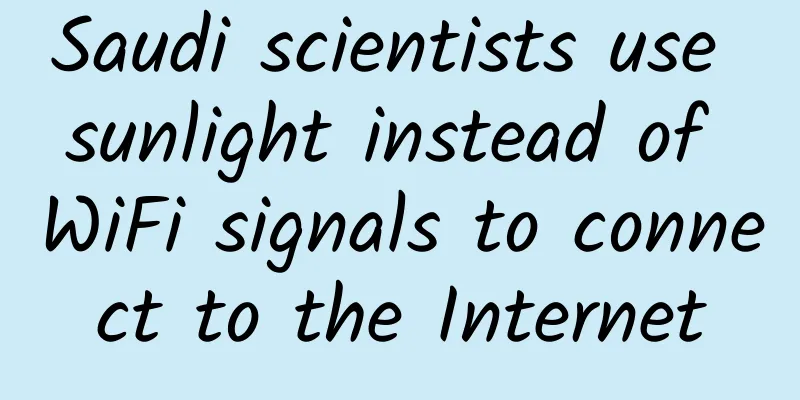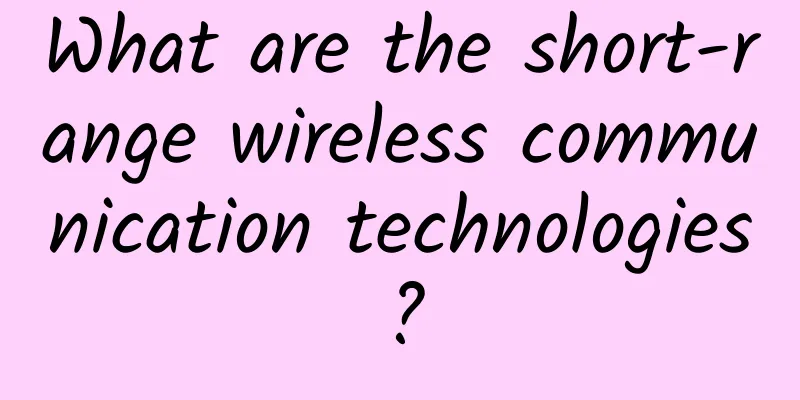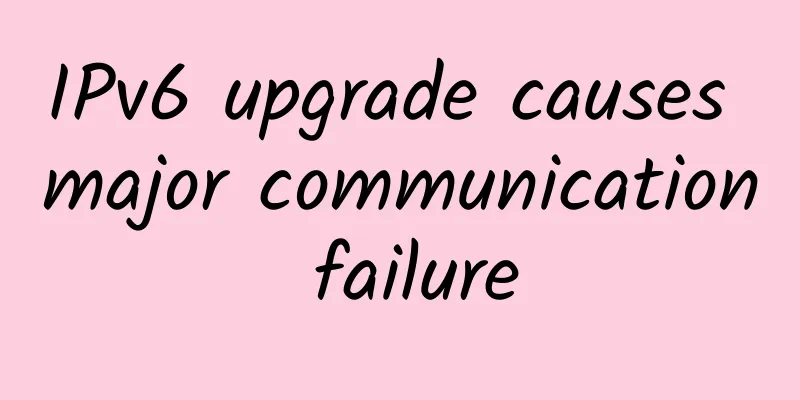Saudi scientists use sunlight instead of WiFi signals to connect to the Internet

|
Is it possible to use sunlight instead of Wi-Fi signals to connect to the Internet and transmit data? Someone did it. Researchers in Saudi Arabia have designed a smart glass system. It can use the window as a modem (the "cat" used to access the Internet at home) and transmit information by changing the properties of sunlight. The cell phone camera receives the light signal and converts it back into binary data. It only requires a 1-watt solar cell to operate. Currently, the research has been published in the IEEE Photonics Journal. How did they do that? Read on. Do you believe in light?In the past, people generally encoded light by changing its intensity. However, when light propagates through the air, its intensity will constantly change due to environmental influences such as air pressure, resulting in very low transmission efficiency, and the human eye is very sensitive to drastic changes in light intensity. This time, the researchers turned to the principle of light polarization. We learned in middle school that light, as a transverse wave, if allowed to pass through a specific medium (polarizer), only part of the light wave in a specific direction will be retained. Based on the above principles, the researchers designed a system that can carry information into sunlight by changing the polarization of light waves, and the changes are not easily detected by the human eye. The specific changes need to be achieved through liquid crystal materials. Under different voltages, the molecular arrangement of such materials will change, which in turn affects the polarization of light in the medium. But that's still not enough. To improve the coding efficiency, the researchers also referred to the time response function of the liquid crystal shutter and considered issues such as the birefringence of the transparent medium, and stacked two inverted liquid crystal (LC) units together. Finally, the entire modulation system consists of three polarizers and two reverse liquid crystal layers (one normally white and one normally black)—— The researchers call it dual-cell liquid crystal shutter (DLS). The advantages of this design are: Compared with a single-layer liquid crystal polarization system, it can change the polarization of light waves faster and reduce coding errors. At the same time, it can also reduce the impact of the "flicker effect" of random fluctuations in the intensity of light during propagation. As can be seen from the figure below, the red line is the output of signal 1 in the normally white mode, and the blue line is the normally black mode. When the two are stacked, the pulse of signal "1" (green curve) is shorter and changes more quickly, which is more efficient in communication coding. Using DLS as the basic modulation unit, researchers designed a complete information transmission system to replace WiFi: First, let the sunlight shine through the smart glass window. The window itself is a modulator, which changes the polarization of the light wave through DLS and modulates and encodes it. The light waves carrying information continue to enter the room and are then received by terminal cameras such as mobile phones, where they are demodulated and converted back into binary data. To further increase the transmission rate, the researchers also used time division multiplexing (TDM) technology. Simply put, this technology divides the transmission time within a channel and allocates transmission and reception time to different devices in a certain order. When it is the turn of a certain device, the device starts transmitting, and the transmission of other devices will be cut off. Finally, the research team observed the transmission performance of the system they built through modeling. Currently, the mainstream communication method of light modulation and direct transmission uses semiconductor optical amplifiers (SoA). The researchers selected two modulation modes for comparison: RetroTurbo with a modulation area of 66 square centimeters, and PassiveVLC with a modulation area of 14 square centimeters. The results show that under the same modulation area and the same transmission distance, their system is superior to the most advanced methods currently available, with a maximum transmission rate of up to 16Kbps. In terms of energy consumption, only 1W of solar panels are needed to drive the entire system. Although the current information transmission rate is limited, the team believes that this achievement indicates that sunlight is not only an energy resource, but also an information resource, which will help us transmit information with lower energy consumption. Regarding the follow-up research plan, the team said: Their next step is to increase the transmission rate to megabits or even gigabits per second, and they will apply to order relevant testing hardware for this purpose. About the TeamFinally, let’s get to know the research team members. The first author, Sahar Ammar, is from the Department of Electrical and Mathematical Sciences and Engineering (CEMSE) at King Abdullah University of Science and Technology (KAUST), and his main research area is optical communications; The second author is Osama Amin, also from the Electrical and Mathematical Sciences and Engineering (CEMSE) department at King Abdullah University of Science and Technology; The instructor, Basem Shihada, mainly focuses on wireless and wired communications, and also involves network security and cloud computing. Reference Links: |
<<: Ruijie Networks kicks off its "Renewal Action" with the 2023 National Partner Conference
>>: GraphQL vs. REST: What have you learned?
Recommend
Japan's largest operator stops NB-IoT services, a new round of industry "reshuffle" is coming, who will be next?
On March 30, NTT DoCoMo, Japan's largest tele...
"Connecting Everything with Light, Sense the Extraordinary" Huawei held a seminar for core partners of industry perception distribution
On May 10, Huawei's Industry Perception Distr...
Let's talk about the DHCP protocol
[[375124]] 01Introduction to DHCP Protocol DHCP (...
Why does the wireless router need to be restarted? You will know after reading this
Wireless routers have become an indispensable net...
The first step in learning networking: a comprehensive analysis of the OSI and TCP/IP models
Hello, everyone! I am your good friend Xiaomi. To...
Five ministries and commissions issued the "Guidelines for the Construction of the National New Generation Artificial Intelligence Standard System"
Recently, the National Standardization Administra...
Demystifying the elastic data center
When it comes to data centers, the term "res...
RackNerd New Year Sale: VPS in multiple data centers in San Jose/Seattle and other places starting at $10 per year
RackNerd has launched a New Year 2023 sales event...
DAMO's full-stack data solution is grandly launched, opening a new journey for domestic databases
The Fifth Plenary Session of the 19th CPC Central...
TmhHost: Special price for dedicated server starting from 388 yuan/month, optional CN2 GIA or Unicom AS9929
TmhHost launched a number of special-priced indep...
80VPS: Hong Kong/Japan/Singapore/South Korea/US VPS annual payment starts from 199 yuan, regular packages are permanently 50% off
80VPS, a long-established Chinese merchant, is a ...
Why does the phone clearly show 5G signal but is occupying the 4G cell?
[[345521]] This article is reprinted from the WeC...
Forgot your switch password? Don’t panic, here are detailed solutions!
It is said that many people are confused about th...
As 5G price war begins, US operators also adopt "Internet thinking"
After taking the lead in the world in 5G network ...
Tencent Cloud Light 1C2G3M is only 253 yuan (or 83 yuan/year) for three years, shared by new and old users
Tencent Cloud's Double 11 event is still vali...









